“Sensitive special need. Hypospadias.”
That was the listed special need on the precious child when my husband and I first saw the advocacy post. We had different special needs at the forefront of our minds, but something made us pause. Hypospadias was something we knew and understood. Our first son received a surprise diagnosis of hypospadias shortly after birth.
We requested the file. This (what we were seeing) was not that.
Hypospadias is simply a birth defect in which the opening of the urethra is on the underside of the penis instead of at the tip. Hypospadias can vary significantly in terms of severity; there are grades assigned based on how far the opening of the urethra is from the tip of the penis. Grade I is mild with very high surgical success, whereas Grade 4 is the most severe, and typically requires multiple surgeries.
Even taking into consideration the most severe forms of hypospadias, that simple diagnosis could not explain the images included in the file. And so we entered the world of DSDs, or Disorders of Sexual Development. Or, as I like to call it, Differences of Sexual Development.
I dove deep, researched everything I could find on different DSDs that presented similarly to the images in his file. I read every single post on NHBO from other families who had children with these special needs. I contacted every mama I could find and begged them to share their story. But, in the end, it became clear that there was absolutely no way that we would know what we were looking at.
We would simply have to make a decision based on the limited knowledge we had.
He was listed as a male, but we knew that that could change. We had to decide if we could deal with that. If we were open to that. We knew that sexual function could be in question. We had to decide if we could deal with that. If we could parent a child through that. We knew that infertility and even sterility were on the table. We had to decide if we could deal with that. If we could support and guide an adult child in the types of decisions available for growing a family.
Ultimately, we decided that male or female was less important than this child’s identity as a precious child of God, a child who was uniquely created and intentionally made. We said yes, submitted LOI, and six months later we met our son.
I won’t lie; it’s been a complicated journey. Not because our son’s special needs are life threatening. Not because of the maintenance or daily routines of his special needs. Truthfully, our daily life looks not one bit different because of his physical differences.
The hard part has been finding answers and navigating through a world of intense and varying opinions on how to treat (or not treat) these physical differences.
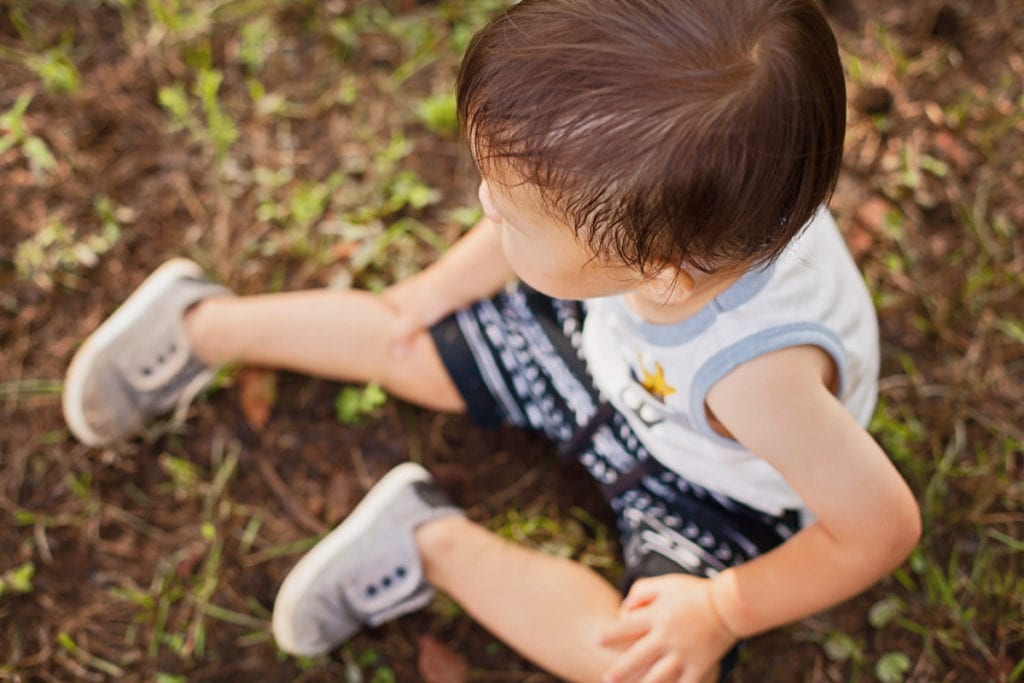
Some people feel very confident that surgery should be completed and as soon as possible to help the child look more typically male or female. Others disagree vehemently saying that surgery, unless medically necessary, should be postponed until the child is old enough to decide.
No matter what, these are weighty choices.
The odds are that waiting children with a DSD-related need will not come home with an exact diagnosis. The file might include a karyotype, indicating if the child has a typical set of chromosomes or not. The file might include some photos. But it might not. With DSDs, it is rarely clear what caused the physical differences, so there can be a lot of unknowns.
Might the gender be incorrectly assigned in China? Yes, that’s a possibility.
Might there be more extensive needs discovered once home, like kidney complications? Yes, that’s a possibility.
Might the child identify differently than the assigned gender and wish to transition at some point? Yes, that’s a possibility.
Saying yes to this need likely looks like saying yes to a slim amount of information, and that can be hard.
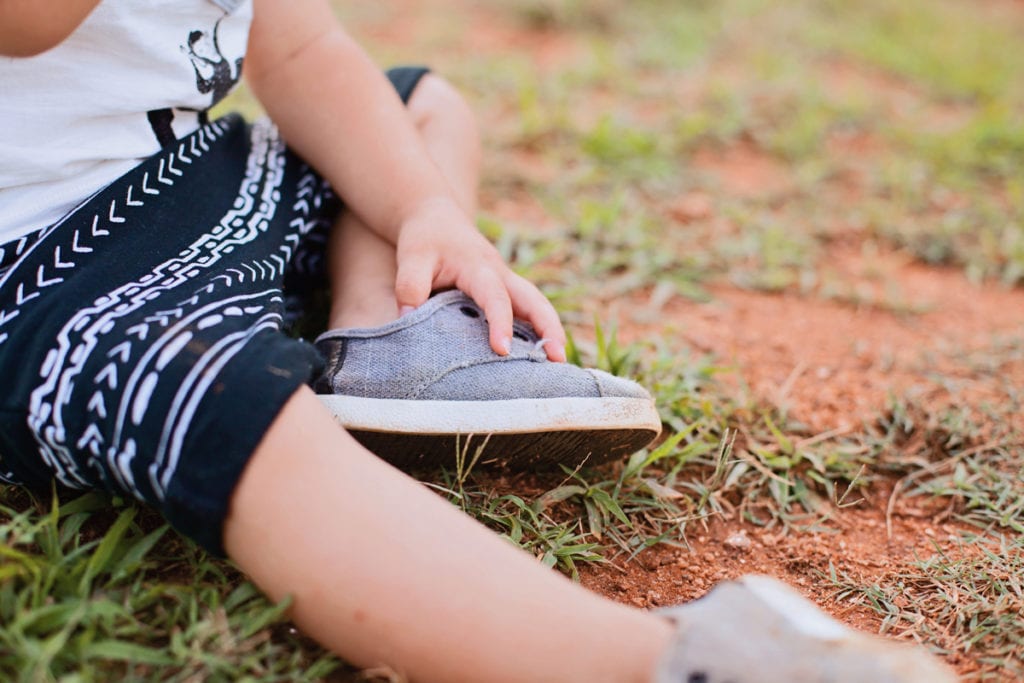
For our family, the hardest part has been knowing what to share and with whom. You see, this isn’t a special need with its own hashtag. No #zipperclub or #luckyfin. No #heartwarrior or #morealikethandifferent. And for that reason, the community of others walking the same road can be more difficult to find.
It’s a special need that can isolate your family a little bit.
For all adoptive parents, navigating how much of our kids’ stories to share and who receives the information is hard. This need just adds a bit of an extra layer to that. Sensitive special need indeed.
As we have yet to complete any surgeries while we are still in the diagnostic phase, we have had to choose how to handle church nurseries, daycare teachers, babysitters, and even our own families because the simple truth is our son looks different. We’re constantly walking a tightrope of protecting our son’s story and sharing enough information that those who are partnering with us can adequately provide and care for our son.
I remember reading a post from a mom parenting children who are HIV+. She described it as “the easiest special need ever”. HIV was on our list of special needs because we agreed with that sentiment, but I might argue that we’ve got a contender here. While there have been buckets of doctor appointments, and out-of-state for specialists and DSD clinics, and lots of learning, at this current juncture of parenting a two year old with an unknown DSD, this is surely the easiest special need ever.
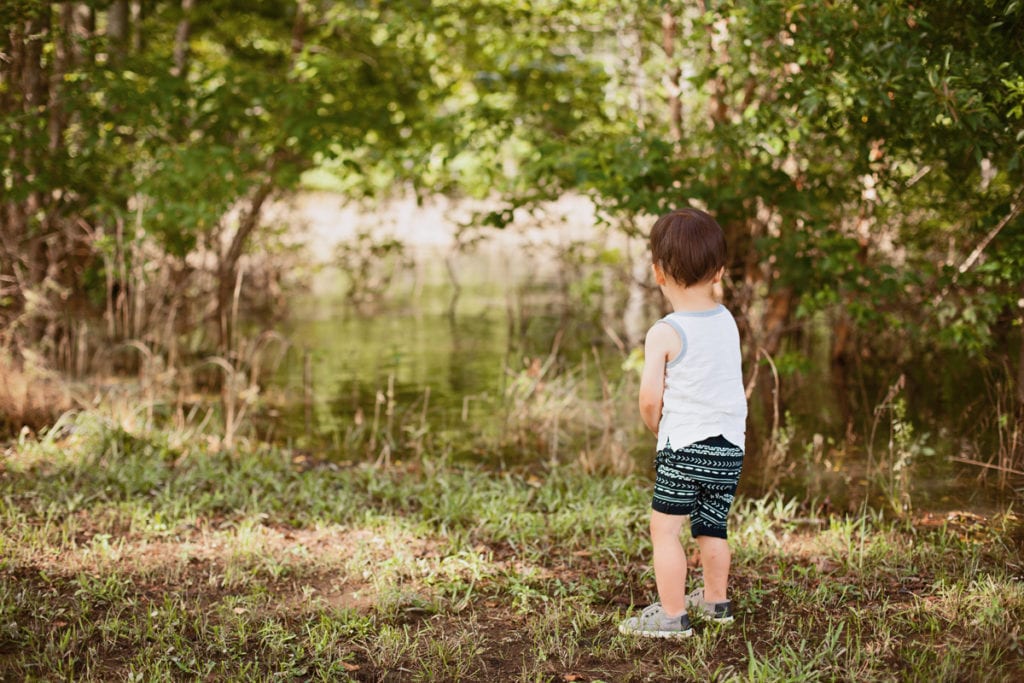
The future may or may not get more complex as we make decisions that will impact our son for the rest of his life, but truly, he is just the best. If you can walk into the unknown, and be open to living in the now while preparing for tomorrow, I encourage you to consider hypospadias and other Differences of Sexual Development.
Learn about DSDs at Accord Alliance
– guest post by an anonymous mama




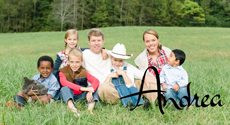


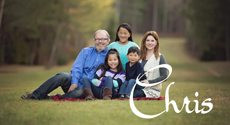
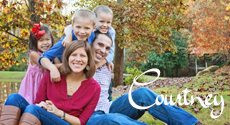
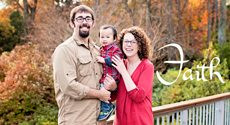
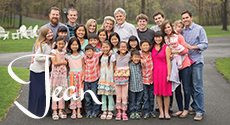
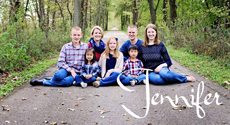

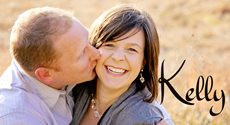
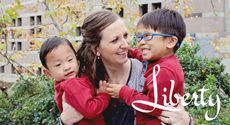
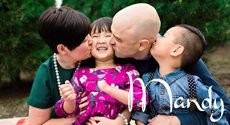
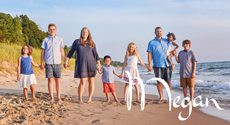
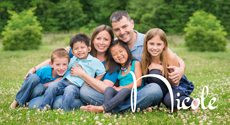

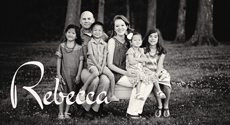
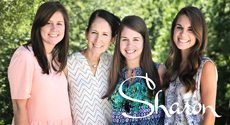
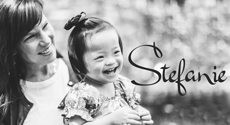



Leave a Reply